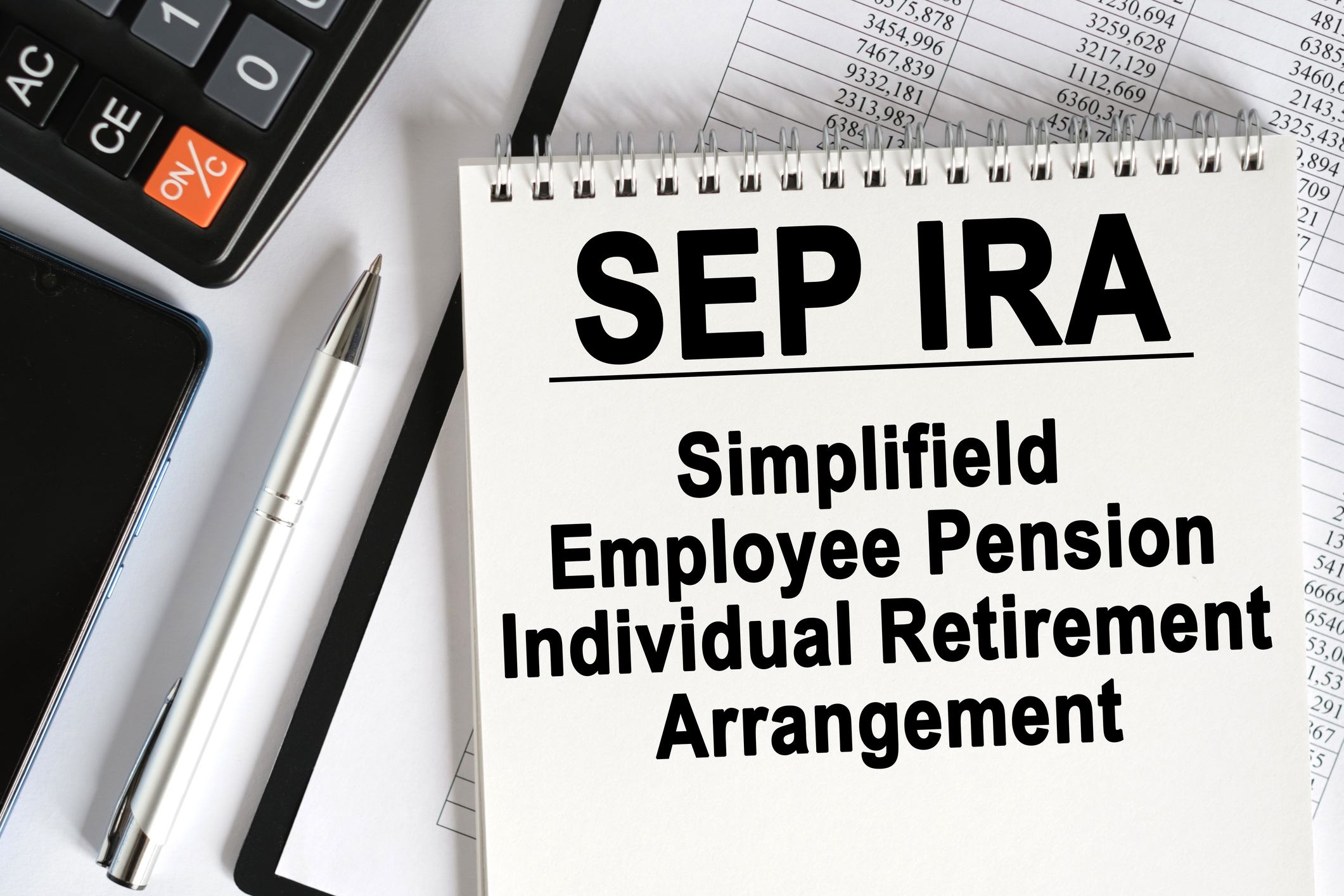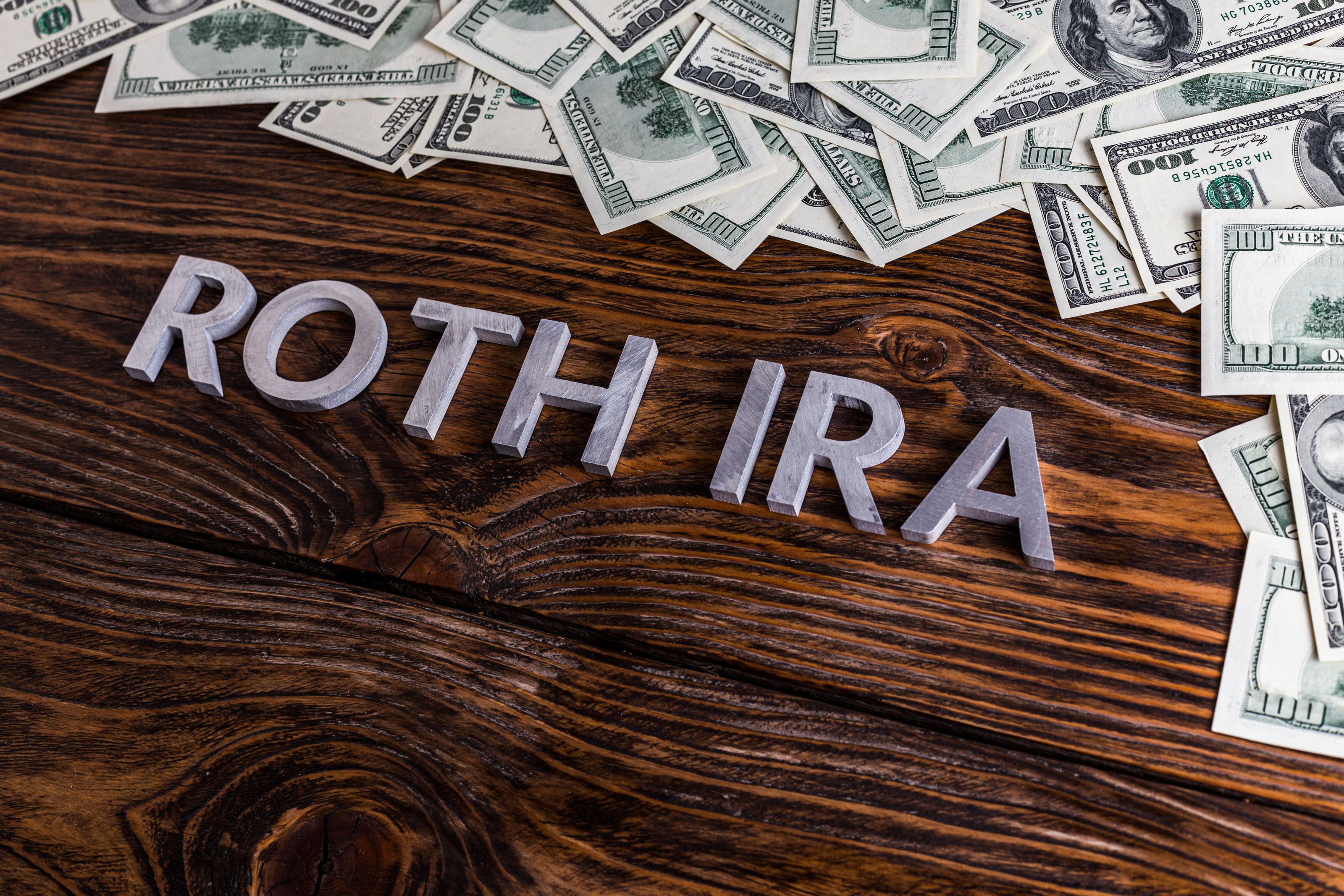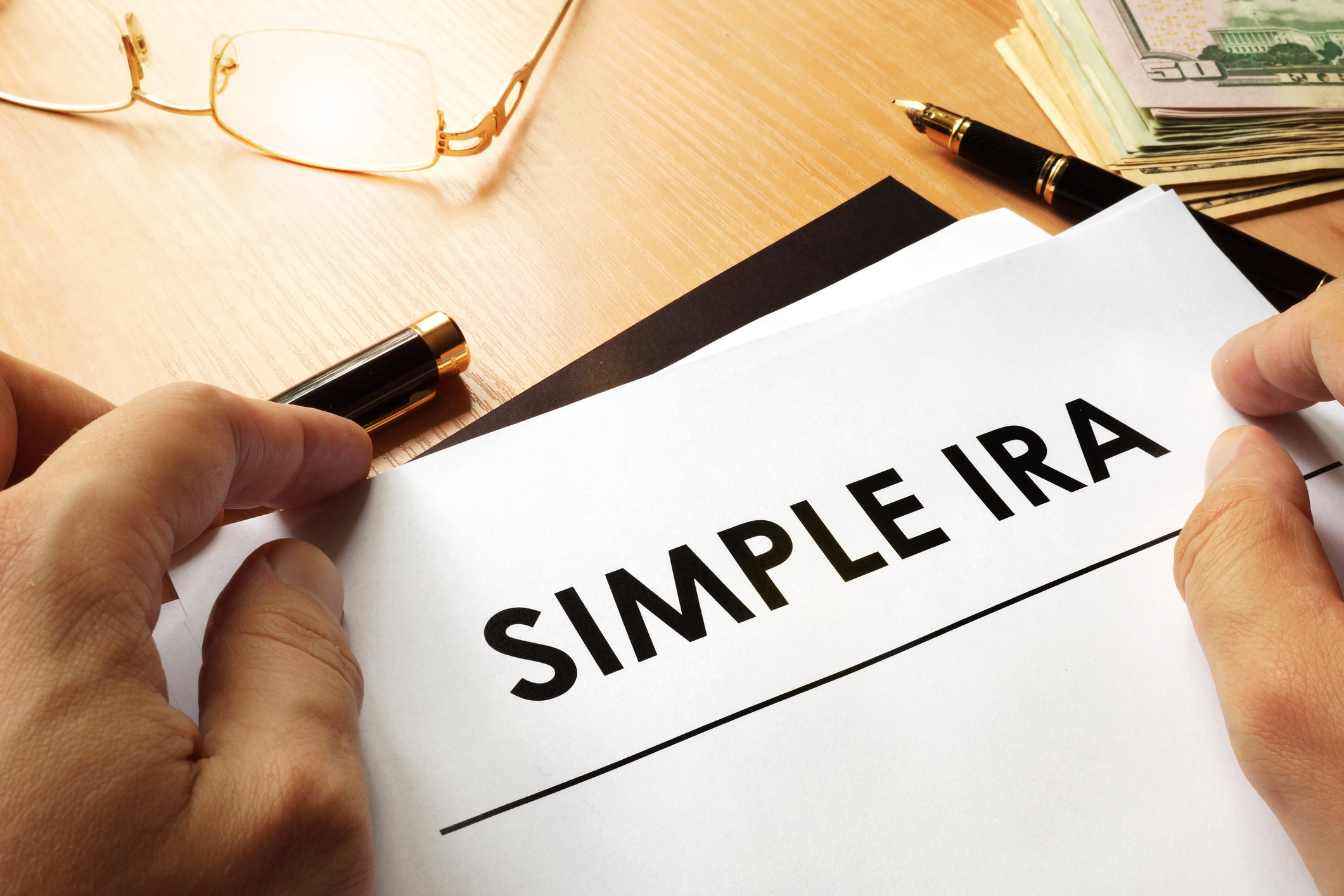Pension Freeze: When You're Left Out in the Cold
More companies are opting to halt pension activity.

When some of the country's biggest employers and industry trade associations pleaded with Congress for temporary funding relief, several key unions and employee groups supported their request, hoping it would prevent companies from freezing their pension plans. (A pension freeze means employees keep the retirement benefits they have already earned but do not accrue any further benefits. That minimizes employers' future costs, but it doesn't relieve them from having to make up current shortfalls in the plan's funding.) But pension freezes seem to be picking up steam since last year's stock-market meltdown.
More than a dozen major corporations, from telecommunications giant Motorola to publishing icon Random House, have announced pension freezes effective this year. Because a freeze reduces future retirement benefits for employees, companies often introduce a new 401(k) plan or enhance their existing plan by boosting employer contributions.
That can be a boon for younger workers. Most of them probably wouldn't stick around long enough to benefit from a traditional defined-benefit plan, which typically generates the greatest benefits toward the end of a long career. And older workers nearing retirement are often unscathed by pension freezes because they have already accrued the bulk of their benefits, which are based on a formula that includes years of service and the average of your highest three or five years of salary.
From just $107.88 $24.99 for Kiplinger Personal Finance
Become a smarter, better informed investor. Subscribe from just $107.88 $24.99, plus get up to 4 Special Issues

Sign up for Kiplinger’s Free Newsletters
Profit and prosper with the best of expert advice on investing, taxes, retirement, personal finance and more - straight to your e-mail.
Profit and prosper with the best of expert advice - straight to your e-mail.
But for mid-career workers in their fifties, a pension freeze can be devastating. Future raises and years of service won't be factored into their pension calculation, causing them to miss out on the most lucrative part of the back-loaded retirement benefit. And they have less time to make up the loss by saving in a 401(k).
For example, the Center for Retirement Research at Boston College found that a pension for an employee who joins a company's pension plan at age 35 and continues to earn benefits until he retires at 62 would replace about 43% of his final earnings. But if the pension is frozen when the employee is 50 and replaced with a 401(k), the worker's retirement-income replacement rate drops to just 28% of final earnings. Even with 401(k) enhancements, retirement benefits decline.
In both cases, Social Security benefits would supplement retirement income. But the worker whose pension was frozen would have to rely more heavily on personal savings to maintain his preretirement income or cut expenses after he leaves his job. Plus, the investment risk shifts from employer to retiree.
What can you do? Financial planner David Kudla says you should focus on the things you can control, such as contributions to your 401(k) and other personal savings. Although he sympathizes with retirement savers who may want to walk away from the stock market forever, he says that's "wrong thinking at the wrong time for long-term investors."
Profit and prosper with the best of Kiplinger's advice on investing, taxes, retirement, personal finance and much more. Delivered daily. Enter your email in the box and click Sign Me Up.

-
 Stocks Keep Climbing as Fed Meeting Nears: Stock Market Today
Stocks Keep Climbing as Fed Meeting Nears: Stock Market TodayA stale inflation report and improving consumer sentiment did little to shift expectations for a rate cut next week.
-
 Your End of Year Insurance Coverage Review Checklist
Your End of Year Insurance Coverage Review ChecklistStop paying for insurance you don't need and close coverage gaps you didn't know about with this year-end insurance review.
-
 Crypto Trends to Watch in 2026
Crypto Trends to Watch in 2026Cryptocurrency is still less than 20 years old, but it remains a fast-moving (and also maturing) market. Here are the crypto trends to watch for in 2026.
-
 457 Plan Contribution Limits for 2026
457 Plan Contribution Limits for 2026Retirement plans There are higher 457 plan contribution limits in 2026. That's good news for state and local government employees.
-
 Medicare Basics: 12 Things You Need to Know
Medicare Basics: 12 Things You Need to KnowMedicare There's Medicare Part A, Part B, Part D, Medigap plans, Medicare Advantage plans and so on. We sort out the confusion about signing up for Medicare — and much more.
-
 The Seven Worst Assets to Leave Your Kids or Grandkids
The Seven Worst Assets to Leave Your Kids or Grandkidsinheritance Leaving these assets to your loved ones may be more trouble than it’s worth. Here's how to avoid adding to their grief after you're gone.
-
 SEP IRA Contribution Limits for 2026
SEP IRA Contribution Limits for 2026SEP IRA A good option for small business owners, SEP IRAs allow individual annual contributions of as much as $70,000 in 2025, and up to $72,000 in 2026.
-
 Roth IRA Contribution Limits for 2026
Roth IRA Contribution Limits for 2026Roth IRAs Roth IRAs allow you to save for retirement with after-tax dollars while you're working, and then withdraw those contributions and earnings tax-free when you retire. Here's a look at 2026 limits and income-based phaseouts.
-
 SIMPLE IRA Contribution Limits for 2026
SIMPLE IRA Contribution Limits for 2026simple IRA For 2026, the SIMPLE IRA contribution limit rises to $17,000, with a $4,000 catch-up for those 50 and over, totaling $21,000.
-
 457 Contribution Limits for 2024
457 Contribution Limits for 2024retirement plans State and local government workers can contribute more to their 457 plans in 2024 than in 2023.
-
 Roth 401(k) Contribution Limits for 2026
Roth 401(k) Contribution Limits for 2026retirement plans The Roth 401(k) contribution limit for 2026 has increased, and workers who are 50 and older can save even more.